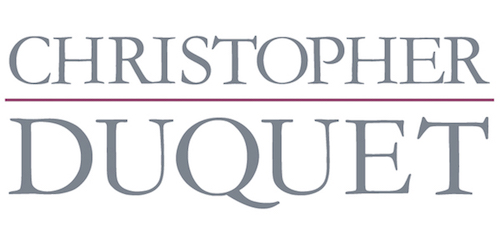There are a variety of Precious Metals, and each one has its own unique set of attributes. We are comfortable and experienced working with all the following metals and will recommend each kind of metal for different projects, depending on the type of design we are working on and each customer's personal preferences.
Precious metals we use to make jewelry
Silver
Silver is relatively inexpensive compared to other precious metals, and as such works well when cost savings are important. Silver is a softer metal than gold or platinum and will oxidize (tarnish) over time much faster than the other metals as well. Silver can be used for bezel settings but is too soft to make reliable prong settings, and is not generally used in diamond or gemstone rings because of the hardness issue.
Gold
Gold is the most popular and versatile of the precious metals. Gold can be alloyed into different karats and different colors easily. Pure gold is 24 karat, and is too soft to use in most jewelry. Alloying is the process of adding other metals together to change the purity and /or color to a desired final material. Gold can be alloyed to any Karat, but 18k and 14k are the most common gold types. Gold can also be alloyed different colors in any karat. Different shades of yellow, white, and rose gold are the most common colors. Other colors can be made as well, but are uncommon because the alloys tend to result in golds that are very difficult to work with. White gold jewelry is often rhodium plated making it even brighter white. Some older white gold alloys tend to turn slightly yellow over time, as the alloys in the metal left the surface over months or years, but this is less a problem in recent years due to improvements in metallurgy.
Palladium
Palladium is used less often that gold or platinum primarily because it is less well known and it requires specialized equipment to cast. Palladium is in the Platinum group of metals and is both lighter in weight and less expensive than platinum, therefore making it a good substitute for platinum when called for. Palladium is very stiff and has good hardness, but because of that stiffness is generally unsuitable for certain stone setting styles like pave setting. Palladium is a white metal, but has a slight grey tone when compared to other white metals.
Platinum
Platinum is often referred to as the "ultimate white metal." Platinum is the whitest of the precious metals as well as the densest, rarest, and most wear resistant. Platinum is generally the metal of choice for white diamond jewelry because of these advantages. Platinum jewelry in the United States is almost exclusively 90/10 i.e. 90% platinum and 10% iridium. The iridium is another platinum group metal that adds hardness to the pure platinum making it more durable. Because platinum is used in a nearly pure form and is also denser than gold it is a more expensive choice of metal. The added Durability and higher whiteness however make it highly desirable and often the better choice for fine diamond jewelry.
